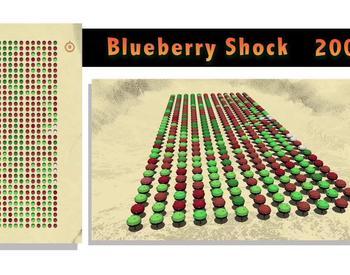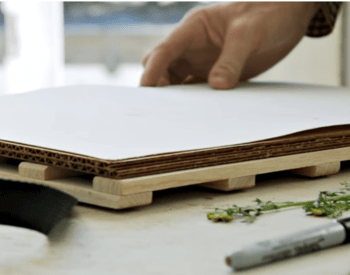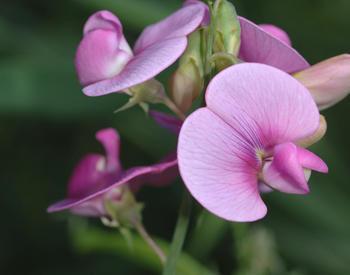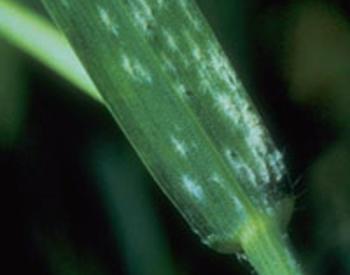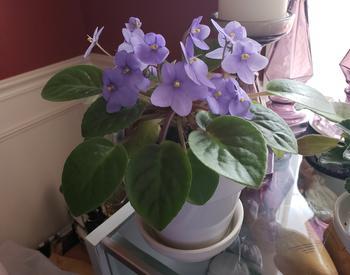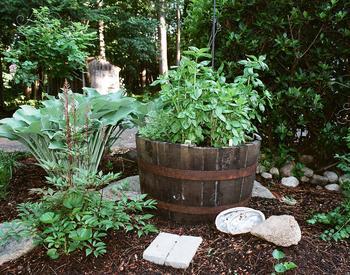About 8 years ago we planted arborvitae. They thrived and gained 50% in height and then over the last two years they have slowly started dying. Why are they dying? What variety could we plant that would survive better?
It could be a number of things, but often the culprit is poor drainage or overwatering, which causes the roots to rot. Sometimes there is a disease at play as well, but that cannot be determined without a root sample. Overcrowding can also be a problem — if you planted them densely at first to create an instant screen and they have since grown a lot, perhaps they needed to be thinned out.
Arborvitaes need watering, but make sure that there is no water ponding up around them.
It looks like you have a cultivar of Thuja occidentalis (Eastern arborvitae) from the foliage photos. If you want to stick with an evergreen hedge, perhaps you could try a cultivar of Thuja plicata (western arborvitae) instead. It is said to be more disease resistant.


